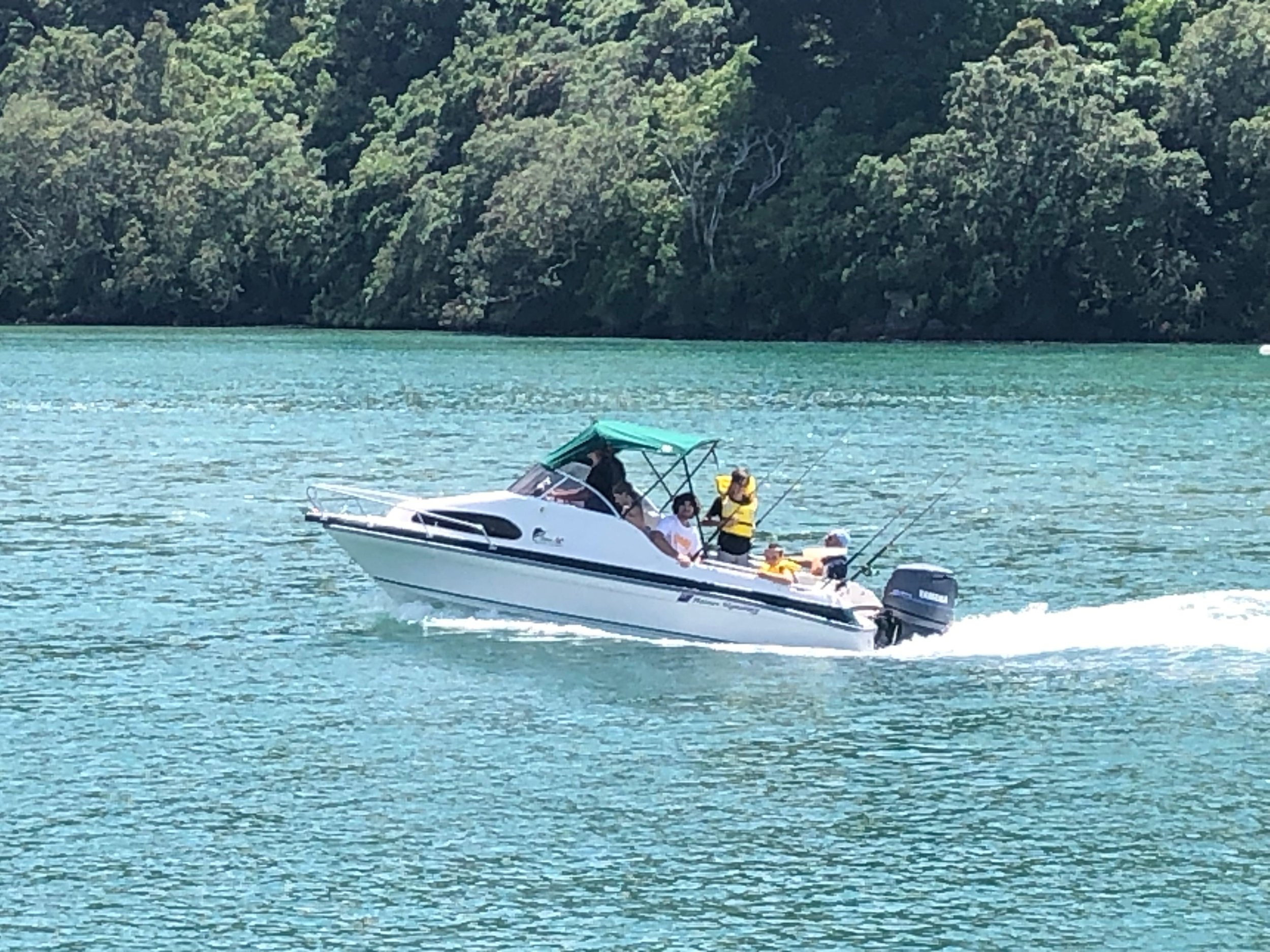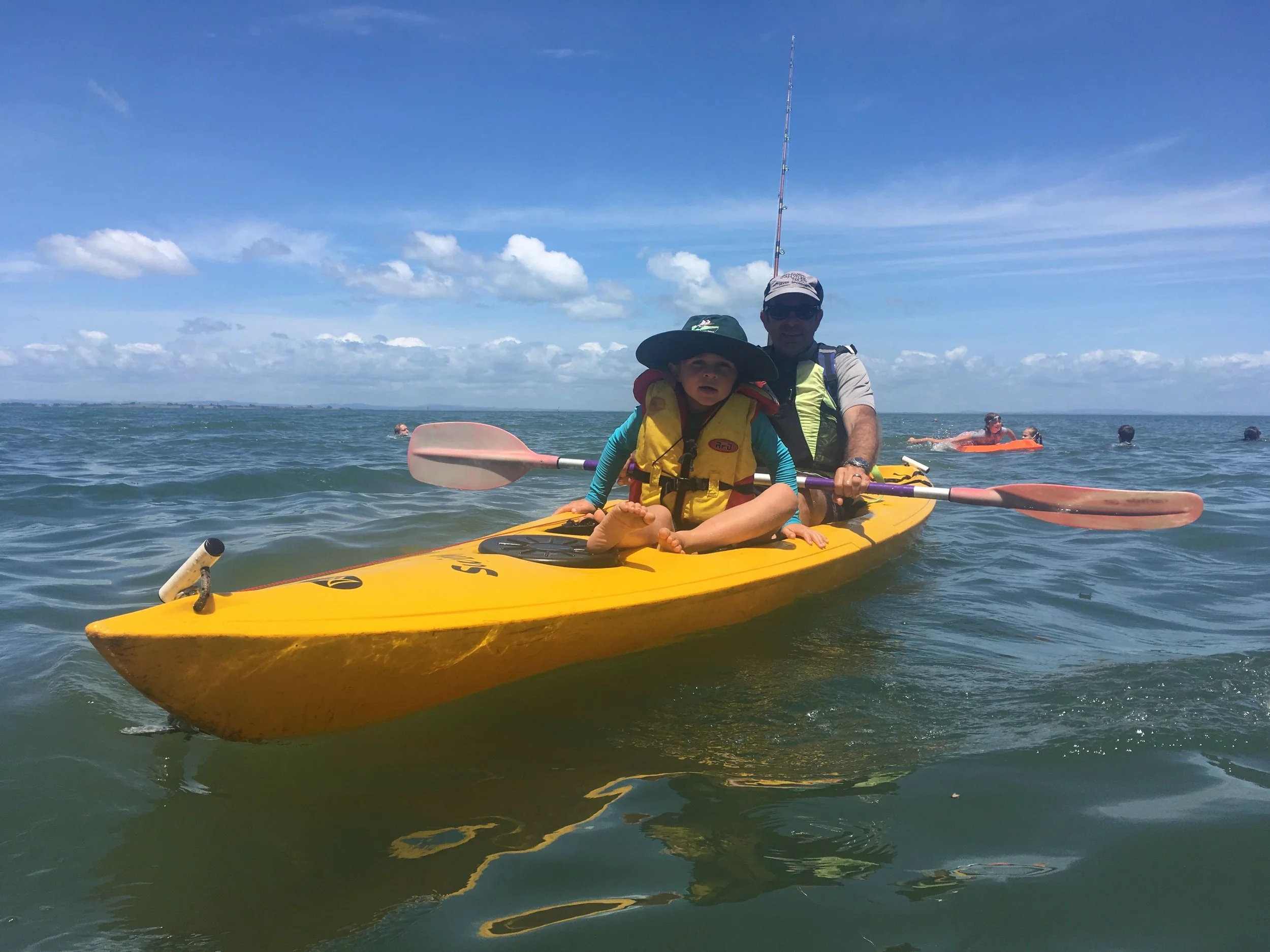Exotic caulerpa: how can we help?
There is urgency do everything we can to prevent the introduction and spread of species like exotic caulerpa in our bays and harbours.
The initial discovery of exotic caulerpa by a member of the public shows how important it is that we all stay aware and informed.
Know where exotic caulerpa is – there are maps of all known areas of exotic caulerpa at www.biosecurity.govt.nz/caulerpa, along with details of legal controls and rāhui.
Respect the rules about anchoring and fishing in those areas.
When anchoring, diving and fishing in other areas, check your anchor, anchor chain and gear for any seaweed before you move on. If you find seaweed, remove it, store it safely in a bag and dispose of it to the rubbish on land. If you can’t do this, return it to the waters it came from.
If you think you see exotic caulerpa, note the location, take a photo and report it to Biosecurity New Zealand on 0800 80 99 66 or online at report.mpi.govt.nz
Dinghy sailors
You probably already do a terrific job of keeping your boat clean and well maintained especially if you are racing. Can we ask you to add one more thing to the list? Please check all your in-water equipment carefully for signs of weed fragments at the boat ramp. In case it’s exotic caulerpa, if you find any seaweed please don’t throw it back into the waters at a new location – best to put it in a plastic bag and dispose of safely in rubbish that will go to landfill – e.g. a council rubbish bin or your own household rubbish.
If you own a trailer boat, jetski or kayak
The best way you can help is by checking your fishing gear and anchors every time you pull it up out of the water and before you move on to a new location. This way, it’s unlikely you’ll take exotic caulerpa with you.
For the owners of moored boats
Most moored boats are already doing a great job of keeping their hulls clean, antifouled and well-maintained. Thank you! This is great because not only does it stop the spread of pests that spread as biofouling, it means your boat will perform better under sail and use less fuel too. Like the groups above, you’ll need to look out for anchoring restrictions, avoid places where caulerpa has been found, and check your gear and equipment too before moving to a new location.
For sailing clubs and marinas
You are in a great position to help spread the word: keep your members informed about the latest exotic caulerpa news. Let them know to check and clean their equipment. If you are running a coach boat or laying buoys, please be vigilant about checking for weed each time you haul up an anchor or race mark.
What to do if you find something that looks like exotic caulerpa?
Get the latest advice from the Biosecurity New Zealand website about what to do if you find exotic cauperpa on your anchor, anchor chain or fishing gear.
If you find exotic Caulerpa please also report it by taking GSP co-ordinates and a photo, and contacting MPI on 0800 80 99 66 or online at report.mpi.govt.nz





